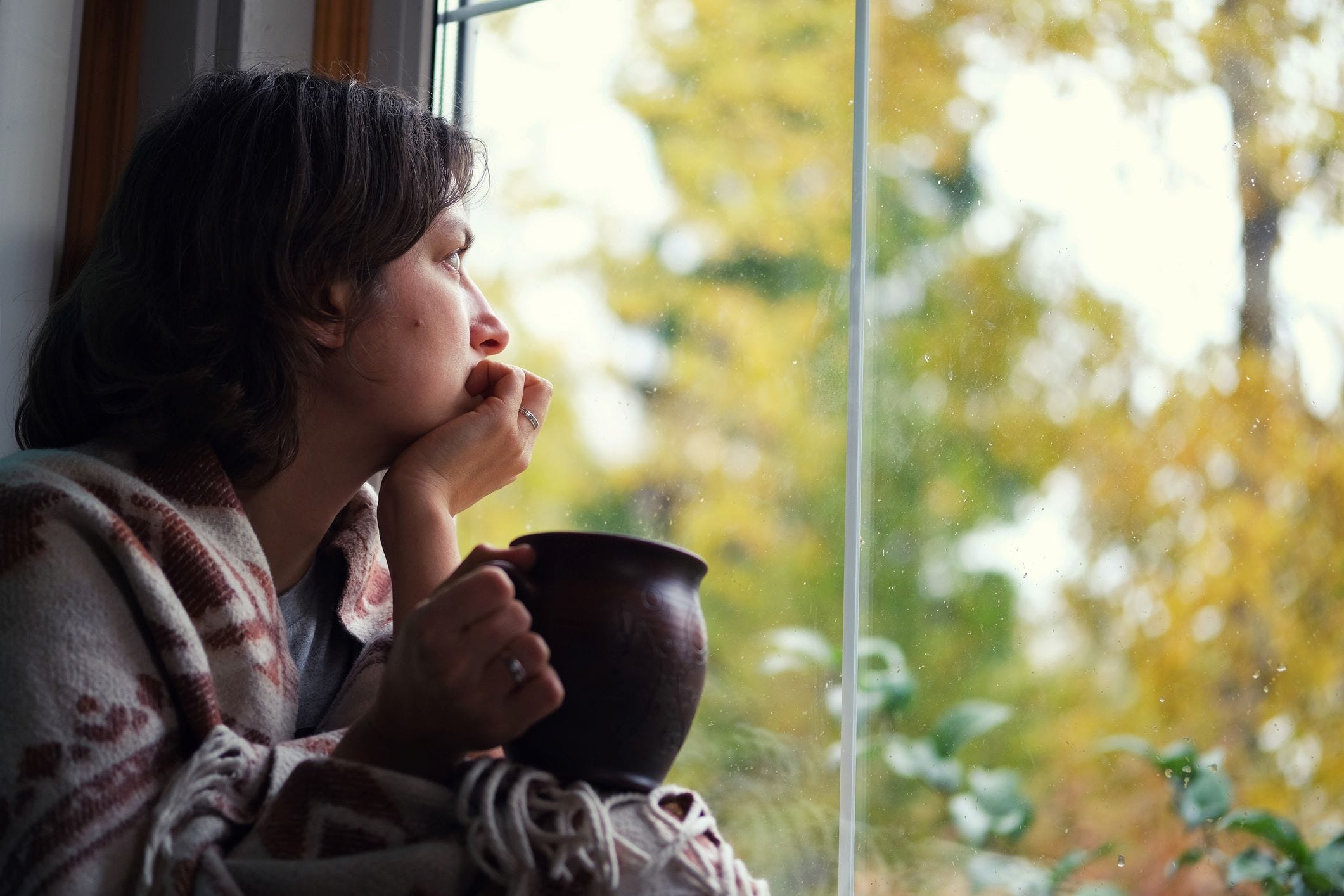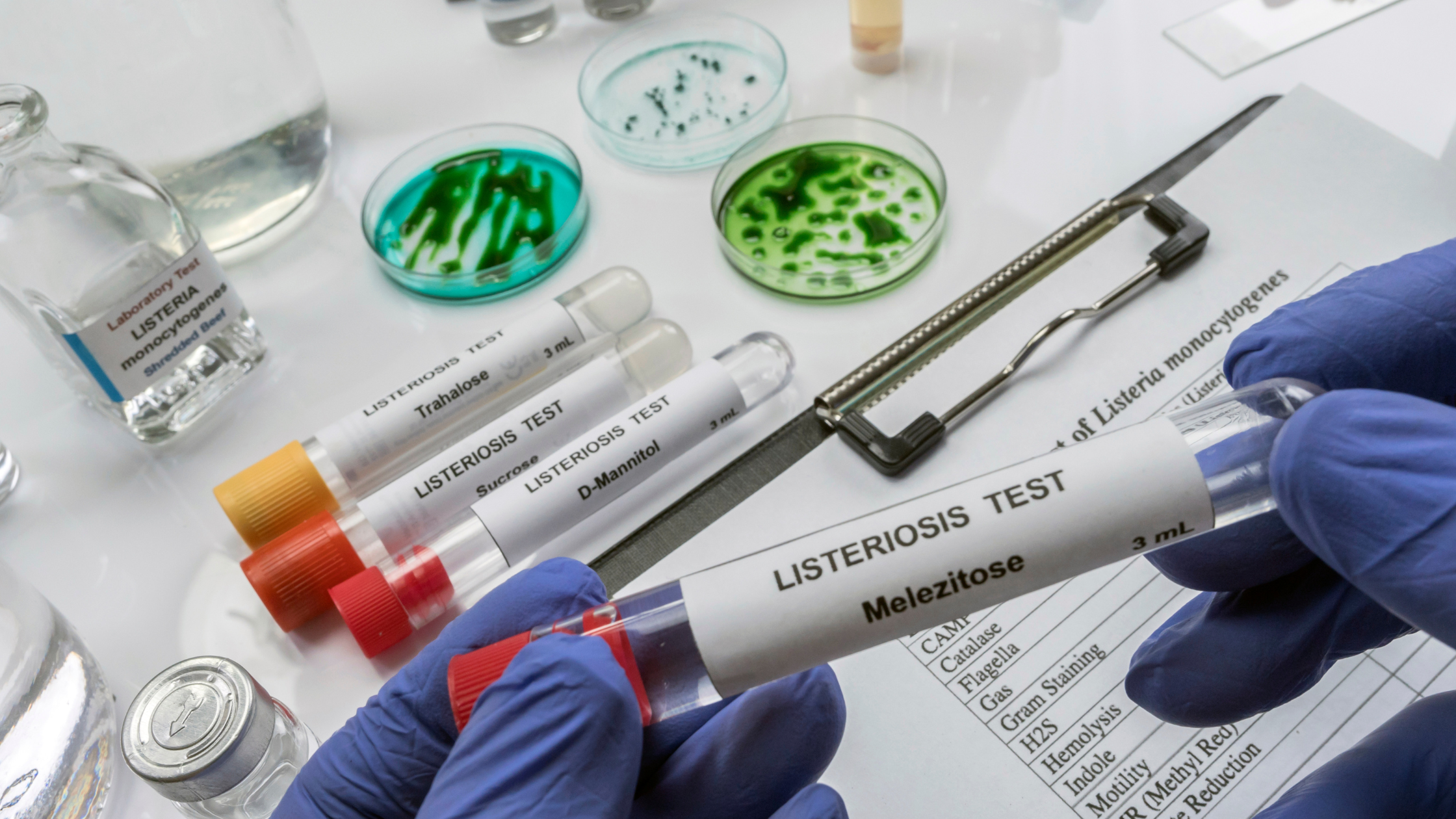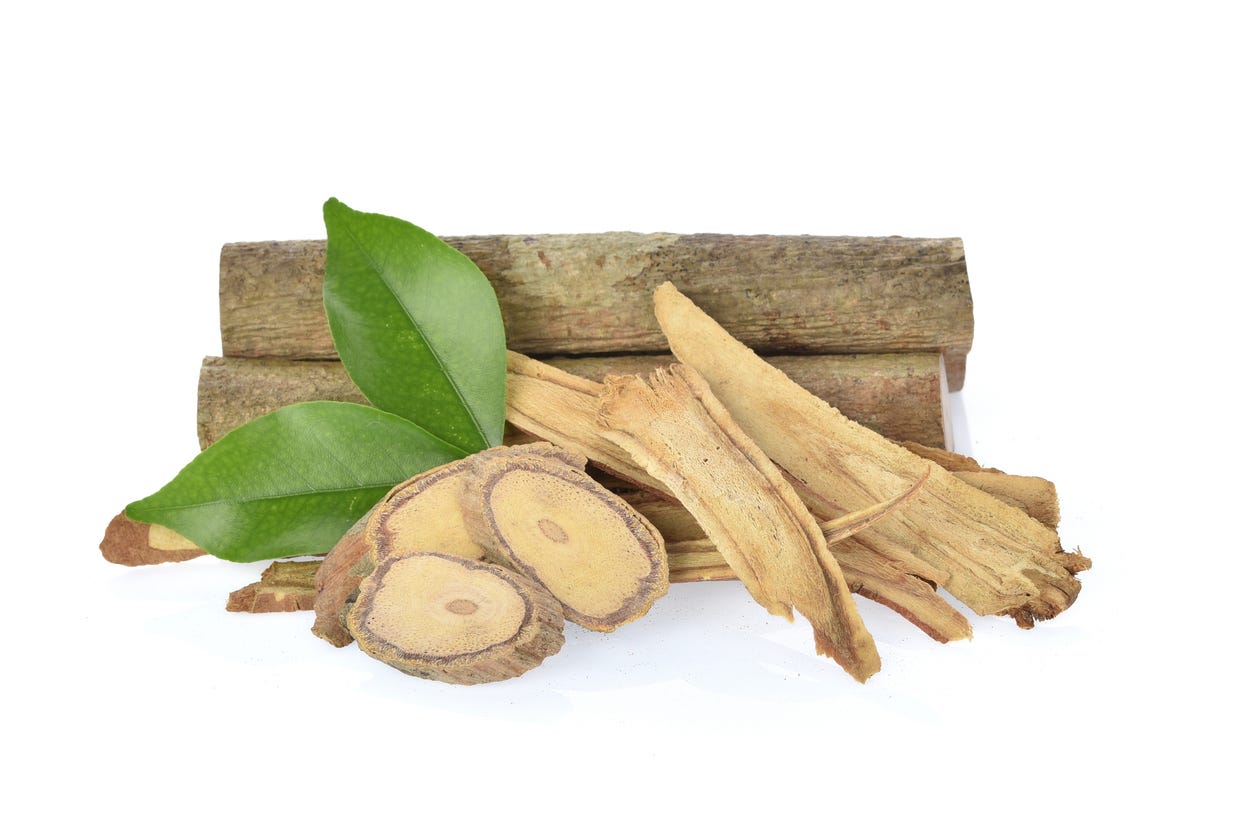
Seasonal Affective Disorder
Seasonal affective disorder (SAD) impacts an estimated 10% of Americans.
SAD is considered a major depressive disorder.
Women are four times more likely than men to have SAD.
People with SAD live with symptoms that can make it challenging for them to carry out even the simplest of daily activities.1, 2
Unfortunately, SAD is commonly misunderstood, overlooked, and misdiagnosed. Nicknamed the Winter Blues, SAD is about more than feeling down or sad.
The Diagnostic Manual of Mental Disorders (DSM-5) defines SAD as a major depressive disorder with seasonal pattern, with depressive occurrences in winter or summer months depending on where people live.3
As a healthcare practitioner, you’re familiar with SAD, but it’s likely your patients aren’t.
In this blog we provide you with answers to common questions people have about SAD. Hint: these questions may be an ideal way to kickstart a conversation with a patient who is displaying symptoms of SAD.
What is Seasonal Affective Disorder?
Seasonal affective disorder or SAD is a type of depression aligned with changing seasons. The onset of SAD symptoms typically occurs during the shorter dark days of fall and winter, with symptoms subsiding in the spring with brighter and longer days.2
For people living far south of the equator, summer-pattern SAD may occur during the long sunny days of the summer where prolonged sunlight impacts sleep, mood, and life quality.2
This excerpt from an article discussing assessment and treatment approaches of SAD helps explain how this condition is diagnosed:2
Seasonal affective disorder or SAD is not considered a unique diagnostic entity. Rather, it is a type of recurring major depression with a seasonal pattern. According to the Diagnostic and Statistical Manual of Mental Disorders DSM-5, criteria for depression with a seasonal pattern include having depression that begins and ends during a specific season every year (with full remittance during other seasons) for at least two years and having more seasons of depression than seasons without depression over a lifetime. Seasonal pattern disorders occur most frequently in winter although they can also occur in summer.
What Causes Seasonal Affective Disorder?
Similar to other types of depression, there is not one definitive cause for seasonal affective disorder.
The good news is that SAD is extensively studied. Researchers know that one of, or a combination of these factors may cause SAD:2, 4, 5, 6, 7
- Fluctuating sunlight: the reduced sunlight hours during December, January, and February can cause the biological clock or circadian rhythms to shift. This shift impacts sleep, mood, and hormone production. For people living south of the equator, the long sunny days during the summer may have a similar effect on the biological clock, contributing to summer-pattern SAD.
- Low serotonin levels: some people have naturally lower serotonin levels. Sunlight helps manage and balance this brain chemical responsible for regulating mood, sleep, and other key functions. For people with low serotonin levels, the reduced sunlight may cause their serotonin levels to drop further, causing SAD.
- Elevated melatonin levels: people living with SAD may have higher than normal levels of melatonin. This hormone responds to darkness, helping to trigger a nighttime sleep cycle. However with shorter, darker days during the fall and winter, melatonin levels can increase, making people feel sleepy and lethargic, compounding the symptoms of SAD.
- Vitamin D deficiency: our serotonin levels are naturally boosted and supported by vitamin D. Our bodies rely on sun exposure to help produce vitamin D and the reduced sunlight levels in the winter may contribute to a vitamin D deficiency. With the trickle over effect being lower serotonin levels. Interestingly, an estimated 42% of U.S. adults are deficient in vitamin D.
- Hereditary factors: SAD, similar to other mental health conditions may be hereditary, and occur more often in patients who have a family history of schizophrenia or depression.
- Pre-existing conditions: people living with depression, bipolar disorder, or bipolar II disorder may be more likely to develop SAD. Mental health experts also suggest that people with SAD are more likely to have additional mental health conditions such as an eating, panic, anxiety, or attention-deficit/hyperactivity disorder.
The correlation between serotonin, melatonin, and vitamin D levels, underscores the challenges many people have with adjusting to shorter, darker days, causing sleep, mood, and behavioral changes.‡
SAD occurs more frequently in women than men and the typical age range for symptom onset is 18 – 30.2
What are the Signs and Symptoms of Seasonal Affective Disorder?
Unfortunately, it’s widely recognized that many cases of SAD are unreported and ultimately undiagnosed.
As a healthcare practitioner be aware of these signs and symptoms of winter-pattern seasonal affective disorder in your patients:2
- Elevated daytime fatigue, lethargy, and sleepiness
- Lack of interest in typically enjoyable activities
- Feelings of anxiety, moodiness, irritability
- Trouble sleeping even with increased fatigue and sleepiness
- Thoughts of sadness and/or hopelessness
- Changes in appetite, weight gain, cravings for carbohydrates and sugar
- Challenges concentrating and maintaining general interest in day-to-day activities
- Sensitivity to social and personal rejection
- Frequent crying
While less common and often overlooked, summer-pattern SAD may be indicated by the following signs and symptoms:2
- Poor appetite and weight loss
- Insomnia
- Increased agitation and/or restlessness
- Anxiety
- Exhibiting violent behavior
Similar to other mental health conditions, the range of symptoms and severity of SAD experienced by your patients can vary. SAD is unique to every individual, with some people experiencing mild symptoms while others may be unable to function, becoming incapacitated.2
As you know, thoughts of suicide can be common with all types of depression. Do not hesitate to implement a suicide assessment with patients who may or do have SAD.2
It is important to remember that SAD symptoms may be hard to pinpoint when patients are living with other mental health conditions, substance abuse, or underlying conditions including hypothyroidism, cancer, or heart disease.2, 8
How is Seasonal Affective Disorder Diagnosed?
Please review the specific diagnostic criteria detailed in the Diagnostic and Statistical Manual of Mental Disorders DSM-5.
In addition to diagnostic criteria, it is useful to have patients complete the Seasonal Pattern Assessment Questionnaire (SPAQ). This self-assessment tool was developed in 1984 by Norman Rosenthal, MD. The SPAQ is available for free online.2
How To Help Your Patients Manage Seasonal Affective Disorder
Once a diagnosis of SAD is made, the priority is helping your patients manage and recover from this depressive condition.
These four types of treatment for SAD may be used alone or in combination to help patients recover:2, 4
- Light Therapy: this is the primary treatment approach for winter-pattern SAD. Patients sit in front of a very bright light box for 30-45 minutes daily, typically first thing in the morning, from early fall to late spring. Light therapy or bright light boxes expose patients to full spectrum light, similar to sunlight, while filtering out ultraviolet rays.
This therapy may be contraindicated for people with specific eye diseases or who are taking medications that elevate sunlight sensitivity.
- Psychotherapy: talk therapy or psychotherapy may be helpful for patients living with either winter- or summer-pattern SAD. Helping patients manage their thought patterns and habits may help ease symptoms of depression.
- Antidepressant Medication: used alone or in combination with other allopathic or alternative treatment options, some individuals may benefit from antidepressants as a treatment option for SAD. There are a range of medication options available as well as evidence-based alternatives that include nutrient supplementation.
- Vitamin D Supplements: the research on the effectiveness of vitamin D supplements to improve SAD is mixed. There is some evidence that taking vitamin D before the winter months and seasonal darkness may support a reduction in winter-pattern SAD symptoms.
As you know, treatment for depressive conditions varies from patient to patient, it may take time to find the right approach for each individual.
Talking About Seasonal Affective Disorder with Your Patients
Your patients may be hesitant to discuss their seasonal affective disorder symptoms or depression with you. This is normal. As we know, SAD is often misdiagnosed or not reported by patients.
Remind your patients that they are not alone and they should never suffer in silence. Encourage people to speak openly with you and their trusted support network about what they are experiencing.
Consider suggesting lifestyle strategies and habits such as daily exercise, healthy and balanced meals, good sleep hygiene, and getting outdoors. Reinforce with patients that they should not make major life decisions while living with SAD.
The good news for you and your patients is an improved awareness and understanding of mental health conditions such as depression. Keep the conversations going to help support your patients and the broader community.
‡ The products and claims made about specific products on or through this Site have not been evaluated by the United States Food and Drug Administration and are not approved to diagnose, treat, cure or prevent disease.
‡ This Site is not intended to provide diagnosis, treatment, or medical advice. Products, services, information and other content provided on this Site, including information that may be provided on this Site directly or by linking to third-party websites are provided for informational purposes only. Please consult accredited healthcare professional organizations, evidence-based herbal monographs, and published clinical research regarding any medical or health related diagnosis or treatment options.
References
- Seasonal Affective Disorder: Psychology Today (Accessed January 8, 2024) https://www.psychologytoday.com/ca/conditions/seasonal-affective-disorder
- Melrose S. Seasonal Affective Disorder: An Overview of Assessment and Treatment Approaches. Depress Res Treat. 2015;2015:178564. doi: 10.1155/2015/178564. Epub 2015 Nov 25. PMID: 26688752; PMCID: PMC4673349. (Accessed January 8, 2024) https://www.ncbi.nlm.nih.gov/pmc/articles/PMC4673349/
- Seasonal Affective Disorder (SAD): American Psychiatric Association (Accessed January 8, 2024) https://www.psychiatry.org/patients-families/seasonal-affective-disorder
- Seasonal Affective Disorder: National Institute of Mental Health (Accessed January 8, 2024) https://www.nimh.nih.gov/health/publications/seasonal-affective-disorder
- Seasonal Depression (Seasonal Affective Disorder): Cleveland Clinic (Accessed January 9, 2024) https://my.clevelandclinic.org/health/diseases/9293-seasonal-depression
- Forrest KY, Stuhldreher WL. Prevalence and correlates of vitamin D deficiency in US adults. Nutr Res. 2011 Jan;31(1):48-54. doi: 10.1016/j.nutres.2010.12.001. PMID: 21310306. (Accessed January 9, 2024) https://pubmed.ncbi.nlm.nih.gov/21310306/
- What to Know About Seasonal Depression: New York Times (Accessed January 9, 2024) https://www.nytimes.com/article/seasonal-depression-what-to-know.html
- Seasonal Affective Disorder: John Hopkins Medicine (Accessed January 9, 2024) https://www.hopkinsmedicine.org/health/conditions-and-diseases/seasonal-affective-disorder
- Seasonal Affective Disorder (SAD): PyschDB (Accessed January 9, 2024) https://www.psychdb.com/mood/1-depression/seasonal-affective-disorder
Jenny Perez is an herbal educator, researcher, and writer who has been immersed in the field of nutrition and botanical medicine for more than 20 years. Jenny has created curriculum, content, and educational materials for Quantum Nutrition Labs, Premier Research Labs, the American Botanical Council, and Bastyr University’s Botanical Medicine Department where she was Adjunct Faculty, Herb Garden Manager, and Director of the Holistic Landscape Design certificate program.








